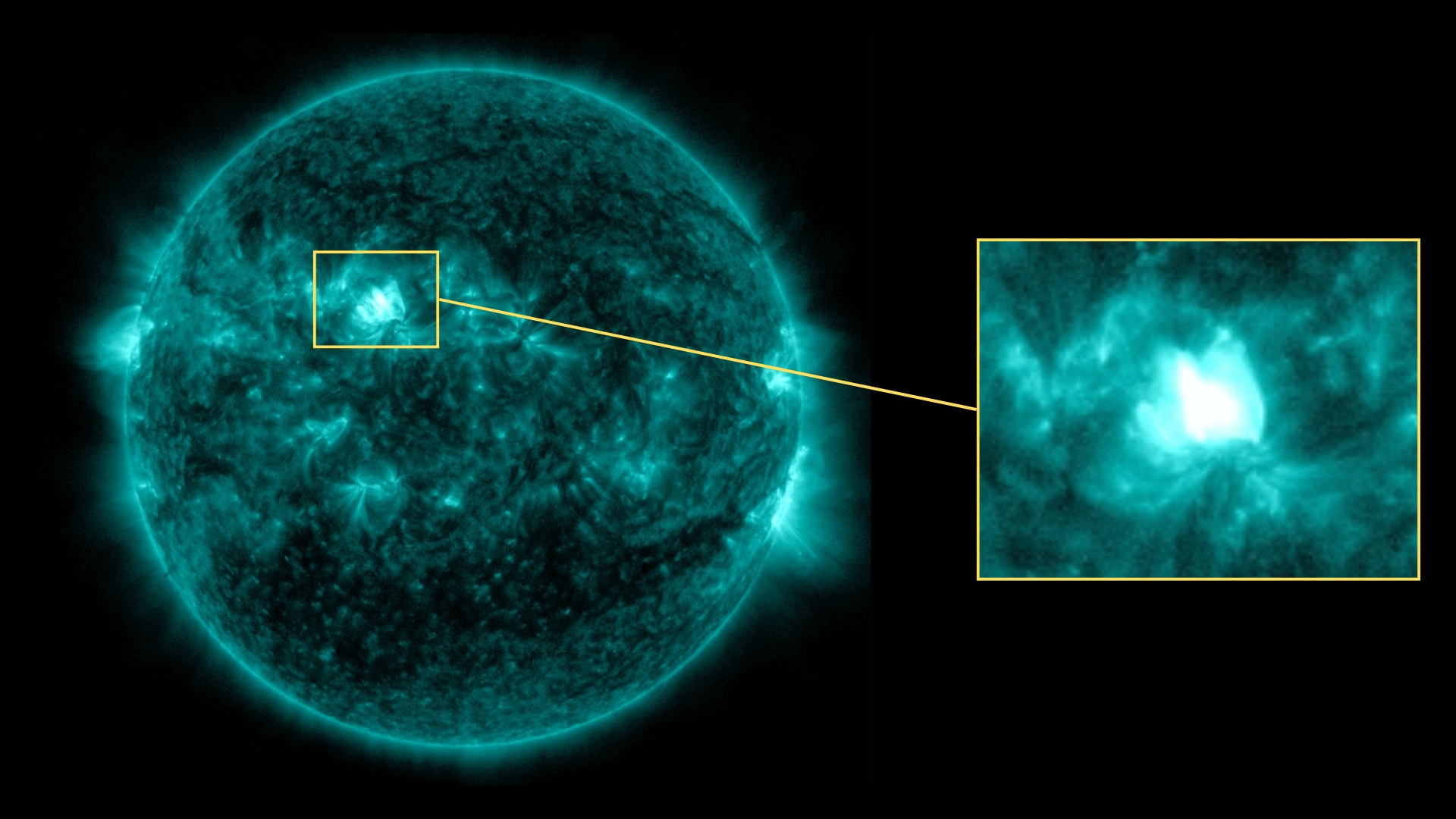This Video of a 1900 Total Solar Eclipse Is the Oldest One Ever (and Made by a Magician!)
On May 28, 1900, the moon blotted out the sun in a celestial magic trick. Modern technology has allowed film experts to put the footage online, where — in a feat of time travel — you can watch it.
The path of the total solar eclipse stretched across Mexico, the Southeast U.S., Iberia and North Africa. Nevil Maskelyne, an amateur astronomer and a prominent British magician and filmmaker at the time, was posted in North Carolina to attempt to capture the phenomenon. In order to share the footage, film conservators had to go through the clip frame by frame to assemble it with the correct timing.
"It's wonderful to see events from our scientific past brought back to life," Mike Cruise, the president of the Royal Astronomical Society, said in a statement. "Astronomers are always keen to embrace new technology, and our forerunners a century ago were no exception. These scenes of a total solar eclipse — one of the most spectacular sights in astronomy — are a captivating glimpse of Victorian science in action."
Related: 100 Years Ago, a Total Solar Eclipse Experiment Confirmed Einstein's Theory of Relativity
Two years prior to this eclipse, Maskelyne had traveled to India to try to capture the 1898 phenomenon, but the film was stolen. So he set off again, armed with a telescopic adapter he built for his camera. The result shows the moments before, during and after totality, as the sun's corona, or atmosphere, suddenly becomes visible with the moon blocking out most of the star's light.
Maskelyne was passionate about showing how the burgeoning art of photography could help scientists. And what is an eclipse if not a celestial magic trick of sorts? So perhaps it's no surprise that it took a magician to capture the event on film. In addition to his work with film and astronomy, Maskelyne was a co-owner of Egyptian Hall, a magic theater located in London's Piccadilly neighborhood.
"Maskelyne wanted a novelty to show at his magic theatre," Bryony Dixon, curator of silent films at BFI, a British nonprofit dedicated to film and television, said in the same statement. "What better than the most impressive natural phenomenon of them all?"
Get the Space.com Newsletter
Breaking space news, the latest updates on rocket launches, skywatching events and more!
The eclipse clip is the only Maskelyne footage experts believe to still exist. "Film, like magic combines both art and science," Dixon said. "This is a story about magic; magic and art and science and film and the blurred lines between them."
If Maskelyne's film inspires you to try your hand at eclipse photography or videography, your next opportunity is just a few months away. The next total solar eclipse will pass over a swath of the Pacific Ocean, Chile and Argentina on July 2.
- The Future of Black Hole Photography: What's Next for the Event Horizon Telescope
- In Photos: Einstein's 1919 Solar Eclipse Experiment Tests General Relativity
- Total Solar Eclipse 2024: Here's What You Need to Know
Email Meghan Bartels at mbartels@space.com or follow her @meghanbartels. Follow us on Twitter @Spacedotcom and on Facebook.
Join our Space Forums to keep talking space on the latest missions, night sky and more! And if you have a news tip, correction or comment, let us know at: community@space.com.

Meghan is a senior writer at Space.com and has more than five years' experience as a science journalist based in New York City. She joined Space.com in July 2018, with previous writing published in outlets including Newsweek and Audubon. Meghan earned an MA in science journalism from New York University and a BA in classics from Georgetown University, and in her free time she enjoys reading and visiting museums. Follow her on Twitter at @meghanbartels.

